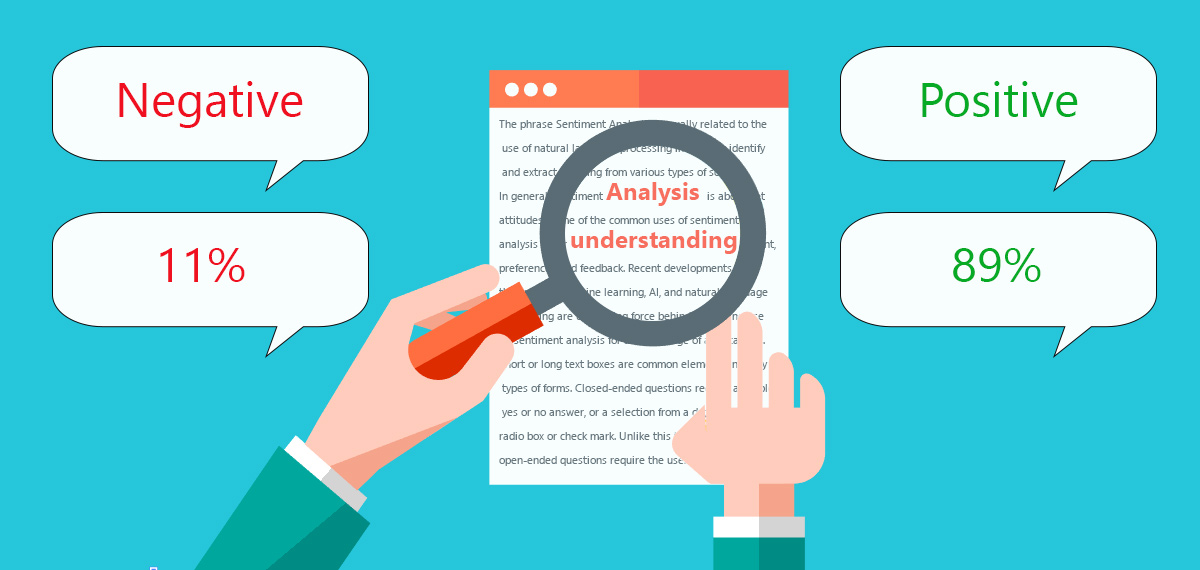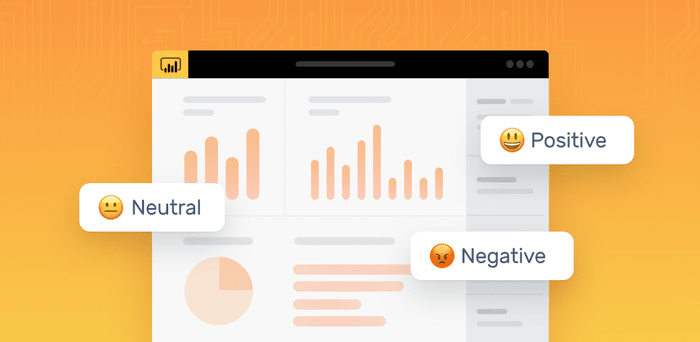Sentiment analysis, a fascinating field in natural language processing, empowers businesses and individuals to grasp the emotions embedded in textual data. In today’s digital landscape, understanding sentiment analysis example is more than a technological feat; it’s a strategic advantage.
Understanding Sentiment Analysis Example

What is Sentiment Analysis? Sentiment analysis example, also known as opinion mining, involves determining the emotional tone behind a piece of text. It gauges whether a statement is positive, negative, or neutral, providing valuable insights into public opinion.
Importance in the Digital Age In an era dominated by online communication, sentiment analysis is pivotal. It helps businesses make informed decisions, marketers tailor campaigns, and individuals gauge reactions to their content.
How Sentiment Analysis Works
- Text Preprocessing Before analysis begins, textual data undergoes preprocessing, involving tasks like removing stop words and stemming. This ensures a cleaner dataset for accurate sentiment interpretation.
- Feature Extraction Feature extraction involves transforming the text into numerical representations, making it compatible with machine learning algorithms. Common techniques include TF-IDF and word embeddings.
- Machine Learning Models Various machine learning models, such as support vector machines and neural networks, are employed to classify sentiments based on the extracted features. These models learn patterns from labeled datasets.
Real-world Applications
- Social Media Monitoring Brands utilize sentiment analysis to monitor social media platforms, gaining real-time insights into how their products or services are perceived by the audience.
- Customer Reviews and Feedback Businesses leverage sentiment analysis to analyze customer reviews, identifying areas of improvement or celebrating positive feedback.
- Brand Reputation Management Maintaining a positive brand image is crucial. Sentiment analysis aids in tracking online mentions and managing reputation effectively.
Sentiment Analysis Tools and Techniques
- Natural Language Processing (NLP) NLP forms the foundation of sentiment analysis, enabling machines to understand and interpret human language nuances.
- Lexicon-based Approaches Lexicon-based methods rely on predefined dictionaries of words with assigned sentiment scores, simplifying sentiment analysis but sometimes lacking context sensitivity.
- Machine Learning Algorithms Machine learning algorithms, from traditional classifiers to deep learning models, play a crucial role in sentiment analysis due to their ability to discern intricate patterns.
Challenges
- Ambiguity in Language The complexity of language poses challenges, as a single statement might carry different sentiments depending on the context.
- Contextual Understanding Understanding context is essential. The same words can convey different sentiments based on the surrounding information.
- Handling Sarcasm and Irony The subtleties of sarcasm and irony can perplex sentiment analysis models, leading to inaccurate results.
Benefits and Limitations
1. Advantages of Sentiment Analysis Example
- Quick insights into public opinion
- Data-driven decision-making
- Proactive issue resolution
2. Limitations and Ethical Considerations
- Potential bias in training data
- Ethical concerns related to user privacy
Future Trends
- Integration with Artificial Intelligence The synergy between sentiment analysis and AI is expected to enhance understanding by incorporating contextual information.
- Multimodal Sentiment Analysis The future involves analyzing sentiments across multiple modes of communication, such as text, images, and videos.
- Ethical AI Practices Ensuring ethical practices in sentiment analysis, addressing biases, and respecting user privacy, will be paramount.
Tips for Effective Sentiment Analysis
- Choose the Right Data The accuracy of sentiment analysis depends on the quality and relevance of the training data.
- Regular Model Training To adapt to evolving language trends, regularly retraining sentiment analysis models is crucial.
- Consider Cultural Nuances Cultural differences impact language nuances; accounting for these ensures a more accurate analysis.
Sentiment Analysis in Marketing Strategy
- Tailoring Campaigns to Audience Sentiments Understanding customer sentiments allows marketers to craft campaigns that resonate with the target audience.
- Crisis Management and Damage Control Prompt sentiment analysis enables swift responses to crises, minimizing potential damage.
Sentiment Analysis in Customer Service
- Improving Customer Satisfaction Proactive sentiment analysis in customer interactions aids in identifying and resolving issues promptly.
- Proactive Issue Resolution Anticipating potential concerns through sentiment analysis allows businesses to address issues before they escalate.
DIY Sentiment Analysis: A Quick Tutorial
- Selecting a Dataset Choosing a relevant dataset is the first step in building your sentiment analysis model.
- Building a Simple Model A step-by-step guide to creating a basic sentiment analysis model using popular tools and libraries.
- Analyzing Results Interpreting and understanding the results of your sentiment analysis model.
The Human Element in Sentiment Analysis
- Balancing Automation and Human Insight While automation is powerful, human judgment and intuition remain indispensable in nuanced situations.
- Emotional Intelligence in AI The evolving field of emotional AI aims to imbue machines with the ability to understand and respond to human emotions effectively.
Conclusion
Sentiment analysis example is an invaluable tool in decoding the emotional landscape of text data. As technology advances, the fusion of AI and human insights promises a future where understanding sentiments becomes even more nuanced and accurate.
Ready to harness the power of sentiment analysis for your business? Experience the cutting-edge solutions offered by AIM Technologies. Request a demo today to explore how our advanced technologies can elevate your data insights.
Frequently Asked Questions
Is sentiment analysis only applicable to social media?
- No, sentiment analysis can be applied to various forms of textual data, including customer reviews, surveys, and news articles.
How accurate are sentiment analysis models?
- The accuracy of sentiment analysis models depends on factors such as the quality of training data and the complexity of language nuances.
Can sentiment analysis detect sarcasm?
- While it can be challenging, some advanced sentiment analysis models are designed to detect sarcasm by considering contextual cues.
Is sentiment analysis biased?
- Sentiment analysis models may exhibit bias if trained on unrepresentative datasets. Ethical practices involve addressing and mitigating such biases.
How can businesses use sentiment analysis in crisis management?
- By monitoring sentiments in real-time, businesses can identify potential crises early and respond proactively, minimizing damage.




